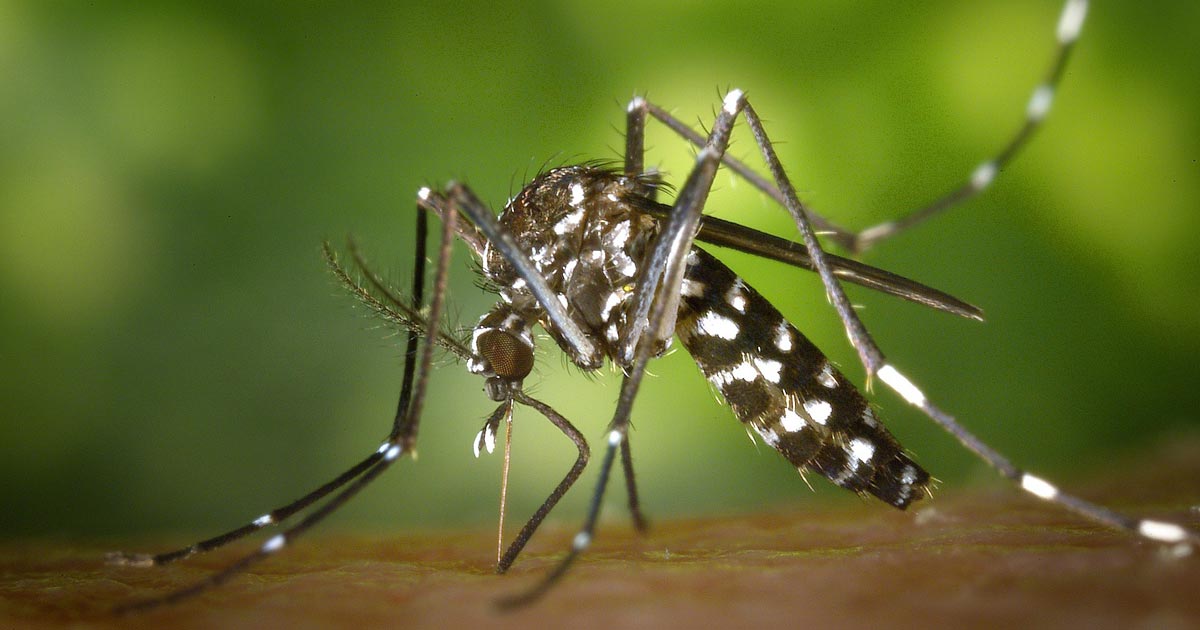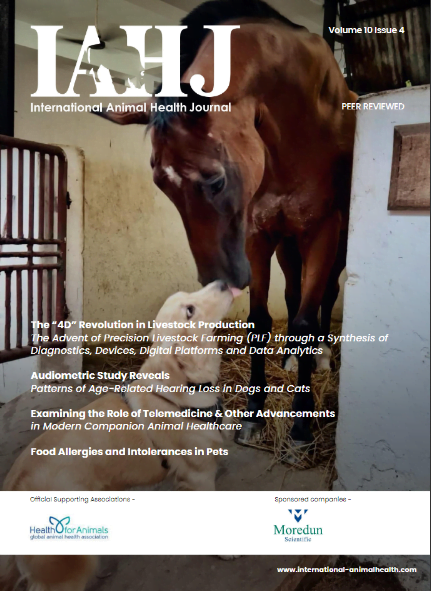
The true extent of the threat posed to companion animals by vector-borne diseases (CVBDs) has been laid bare at a high-level gathering of experts in Italy.
New data, revealed at the CVBD World Forum in Trieste, proves disease-carrying vectors are spreading faster than ever, with new threats emerging across the globe.
Multiple factors are influencing the epidemiology of CVBDs, from climate change to increasing numbers of pets travelling or being imported between countries.
Movement increase
Parasites and disease-carrying vectors pertinent to the UK include Rhipicephalus ticks and Babesia canis, while climate change has seen an increase in the presence of Phortica species fruit flies, a vector of Thelazia (eyeworm).
Ian Wright, guideline director of the European Scientific Counsel Companion Animal Parasites (ESCCAP), said: “We are seeing massive increases in movement of people globally due to refugees, relocations for economic reasons and tourism.
“An increase in the movement of people and vehicles also allows for the movement of vectors like mosquitoes, sandflies and midges. This is all happening at the same time as increased forestation, temperature and humidity – all powerful climatic factors that are allowing for the establishment of vectors in new locations. It is a perfect storm of circumstances that is allowing this to happen and the UK is no exception.“
He continued: “We have massive increases in numbers of rescue dogs coming into the country, which are often knowingly or unknowingly (to the person) carrying Leishmania, Ehrlichia, skinworm, eyeworm and so on, which these combinations of factors may allow to establish.”











